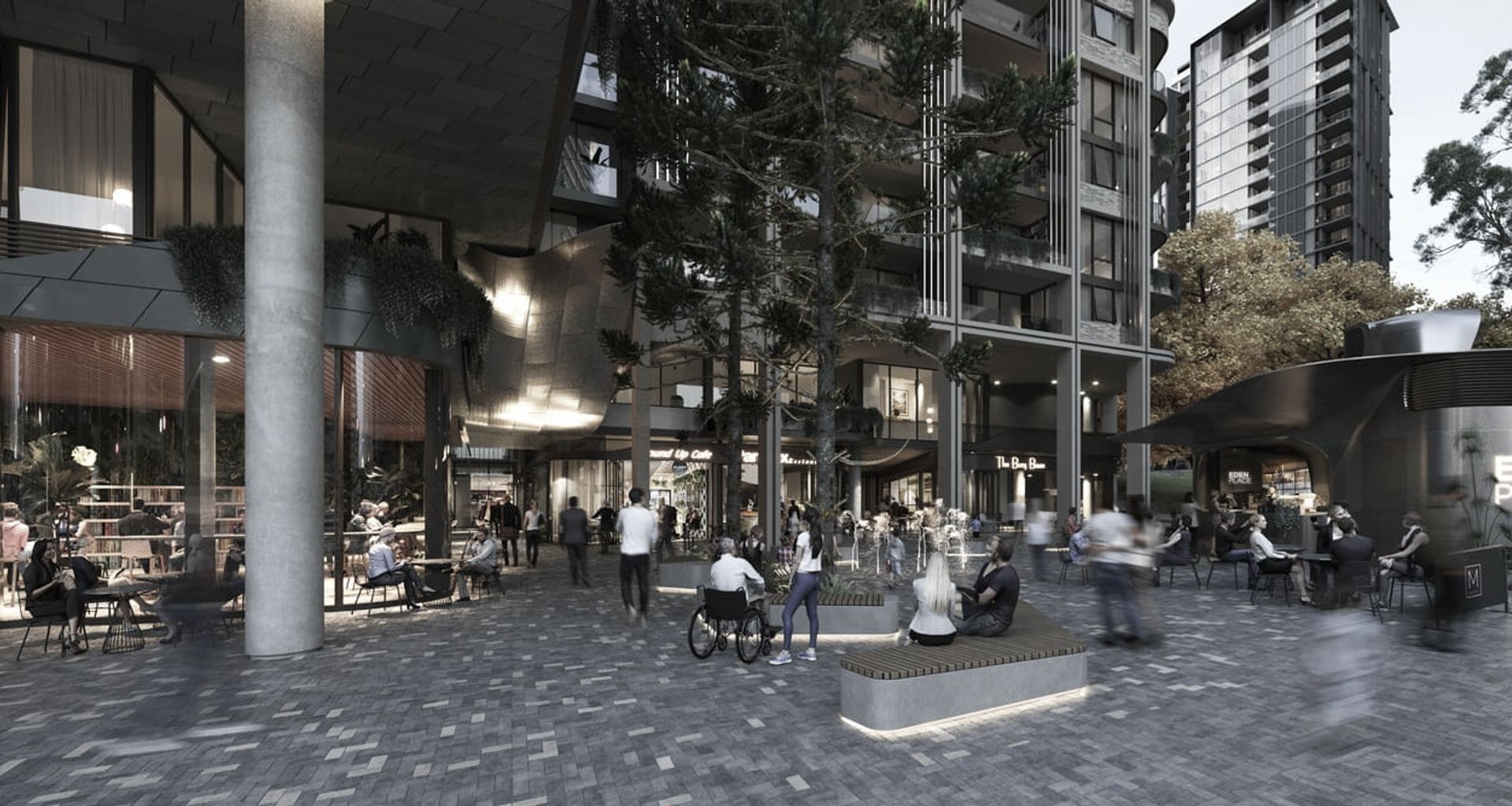Design and Place SEPP – Is this a positive policy change for design?


The Explanation of Intended Effect for the Design and Place SEPP in NSW, which is one of the Premier’s priorities, from its fundamentals puts design firmly at the center of the Act. The principle of this is highly commendable, however, the content of the draft does not seem to support the goal of simplification and a principles-based design process. The resulting discussions in the industry are dominated by increasing fear and perception that the risk of starting projects in NSW is untenable.
The new SEPP will also include the Housing SEPP, which was previously exhibited as the Housing Diversity SEPP. Recognising the range of housing and wrapping this up in one SEPP is admirable in intent, with new forms being included, such as BTR and Co-Living, and with existing typologies that were delivered under the umbrella application of Boarding houses, such as student accommodation and micro-apartment Co-Living. Seniors Living SEPP will be extinguished and seniors living, residential aged care facilities (RACFs), and other forms of assisted living/hostels will now be embraced as part of the Housing SEPP. The recognition of the diversity of living environments is positive, and the recognition that the majority of these types focus on smaller private areas with communal spaces to support ( Co-living, student accommodation, RACFs, and BTR) is essential. The stated position that there will be Design Guides to clarify the applicable ADG areas and reflect the differences in brief for these types is critical to their success.
The necessity to have Design Guides and certainty regarding any metrics from the ADG applied to these different housing types is non-negotiable. The straight application of cross ventilation and solar requirements as they currently stand in the ADG would make most developments of these types non-compliant, and impossible to achieve compliance in a feasible way. These types typically apply the cross ventilation and solar requirements to communal spaces, rather than on each dwelling. The slated further changes to the ADG that were part of the E.I.E. only intensify this issue, with cross ventilation targeted at 70% ( rather than the 60% current) as well as non-specific changes to solar calculations, and a further requirement for maximization of 10 degrees of north orientation for dwellings. The uncertainty of the dispensation/consideration of specific new design guides that respond to the affordability and briefing of these housing typologies is creating angst in the industry.
There is concern regarding the potential reduction or eradication of the bonuses that these housing typologies are currently afforded under the triggers of their current SEPP planning pathways. If Co-Living, BTR, and Seniors Living need to compete on a site-by-site basis with build-to-sell residential, due to lack of bonuses, rather than supporting housing diversity, this amalgamated SEPP will stop it before it starts.
